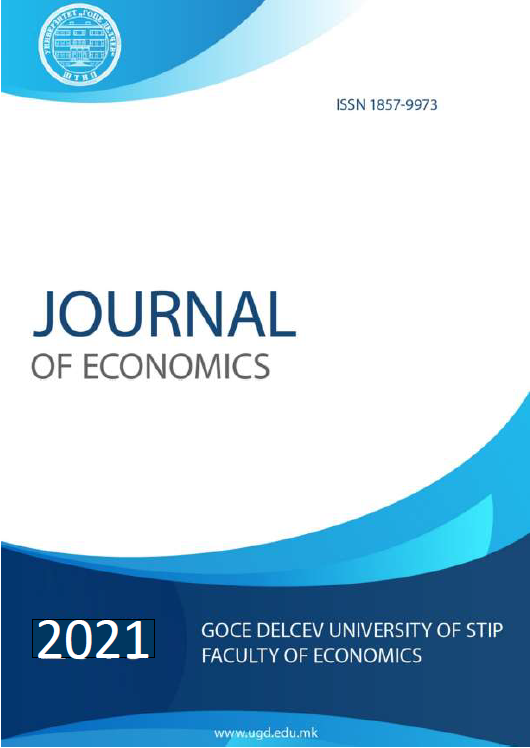Circular Economy, resources and environmental metabolism
DOI:
https://doi.org/10.46763/JOE216.2022tKeywords:
resources, environment, circular economy, policymakersAbstract
Resource allocation is increasing as an global issue, because resources (natural resources, ores, oil resources) are in limited quantities worldwide, as opposed to ever-increasing human needs. Therefore, resource allocation is the deployment and optimal utilization of a defined resource. In the economic arena, allocation is usually controlled by the pricing mechanism: if the demand for a resource is high, then the cost of the resources used will be high; due to such high prices, this resource will be used for limited needs. When the price of natural resources and materials rises, in response to volatile markets and increased competition, developed nations are looking at possible alternatives as a promising economic model. In that regard, the circular economy is considered as an expected solution. As one of the objectives of the circular economy is the need of resources, improving resource efficiency or the need for resource efficiency targets remains equally relevant for circular economy policies. The challenges in the circular economy are long-standing and crucial in tackling resource depletion and the new environmental problems facing humanity. The fundamental and comprehensive structural changes are in the complete redesign of the existing linear economic system and the acceptance and comprehensive inclusion of the circular economy as a new economic hope. A circular economy is one in which products are recycled, repaired or reused rather than thrown away, and in which waste from one process becomes an input into other processes. Based on the general concern that the world is entering an intensified period of resource stress, a commitment to urgent behavioral research to identify the most important natural resource trends affecting the human environment is more than necessary. The identified trends - which will include patterns of demand, supply, availability, price levels, and price volatility - are shaped and influenced by emerging climate changes, evolving demographic patterns, increasing economic development, and human induced environmental degradation.


